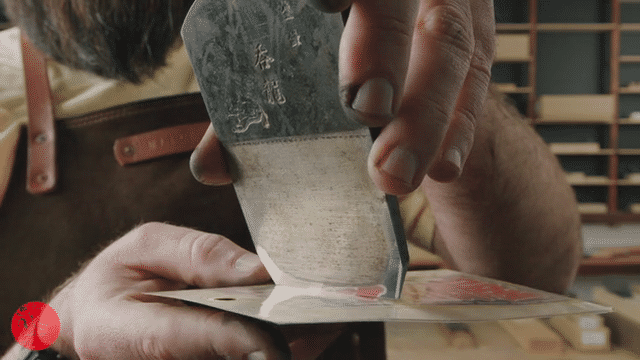Congratulations! You are the proud owner of a Japanese plane, and guess what - it's not doing ANYTHING straight out of the box! Gosh dang and darn it!
Fear not! Japanese planes require tuning and fettling to get them going form new, and will continue to require attention throughout their lifetime in order for them to serve you well throughout yours.
We have put together a series of videos on the tuning of new Japanese planes, and aside from the 5 "main" parts, we will be adding a few addendums to flesh out a few aspects of these tools that we may have not had time to investigate, or weren't required from the planes featured in these videos.
Ura, Meet Kanaban. Kanaban, Meet Ura.

We greatly prefer using a kanaban to establish a flat back on all of our single-bevel blades (chisels, planes, knives, etc) with a kanaban. It is a known flat surface to which an abrasive is added, and the blade worked.
Polishing with the Kanaban

One of the joys of the kanaban is that an excellent polish can be generated with a little practice and careful management of your abrasive and water on the plate. Super-fine powders or stones not required.
Straight and True

Ensuring a truly flat back on your plane blade is key to unlocking it's edge's true potential, managing the profile of your cutting edge and allowing your chip-breaker to bed correctly. A flat, polished back is the goal here, and entirely attainable with practice and patience.
